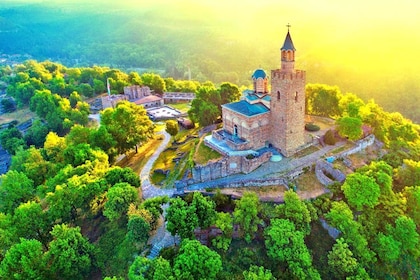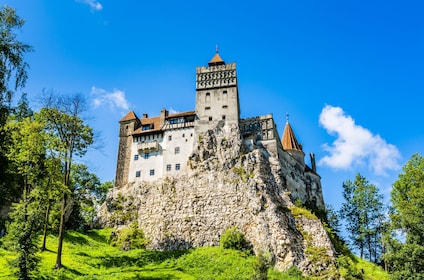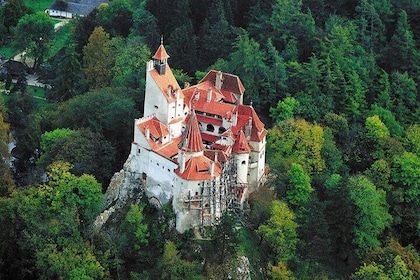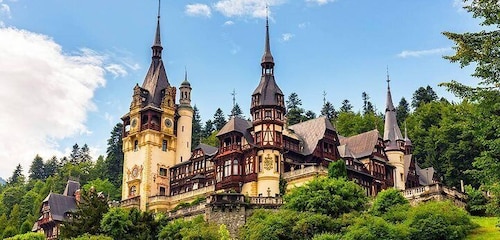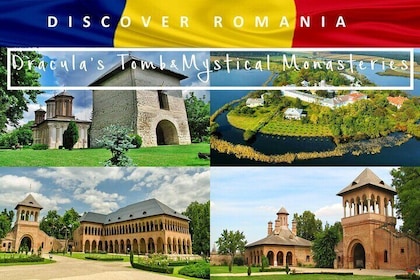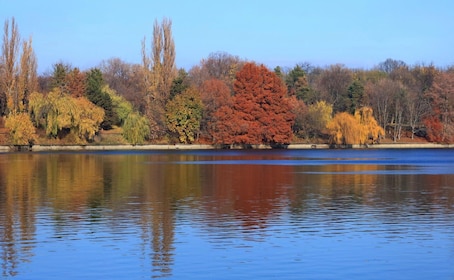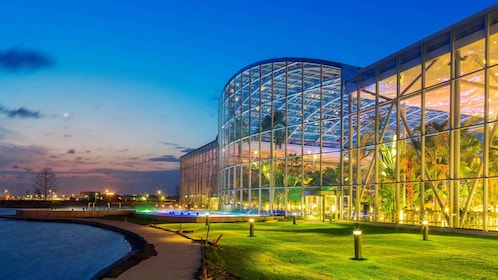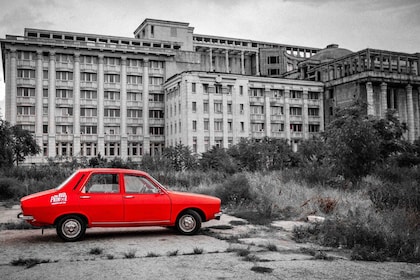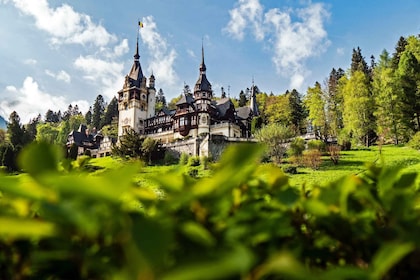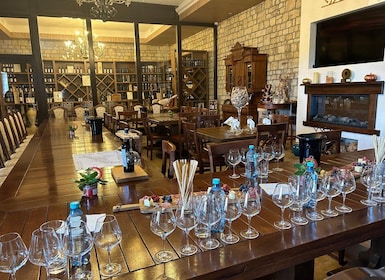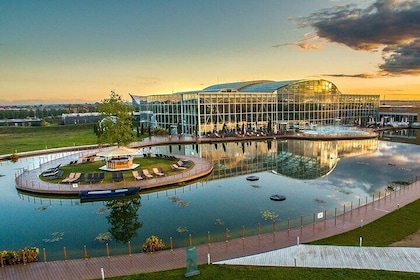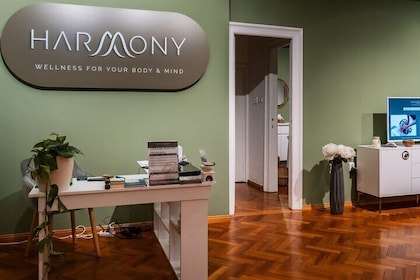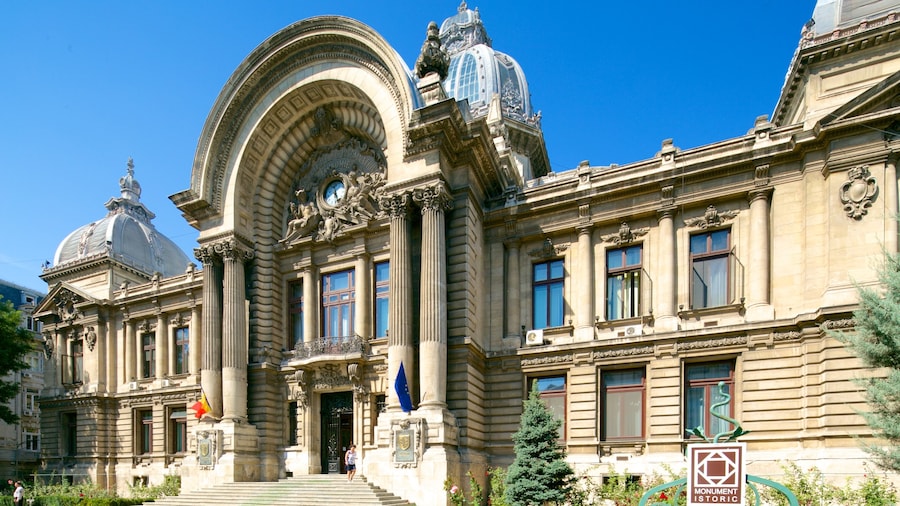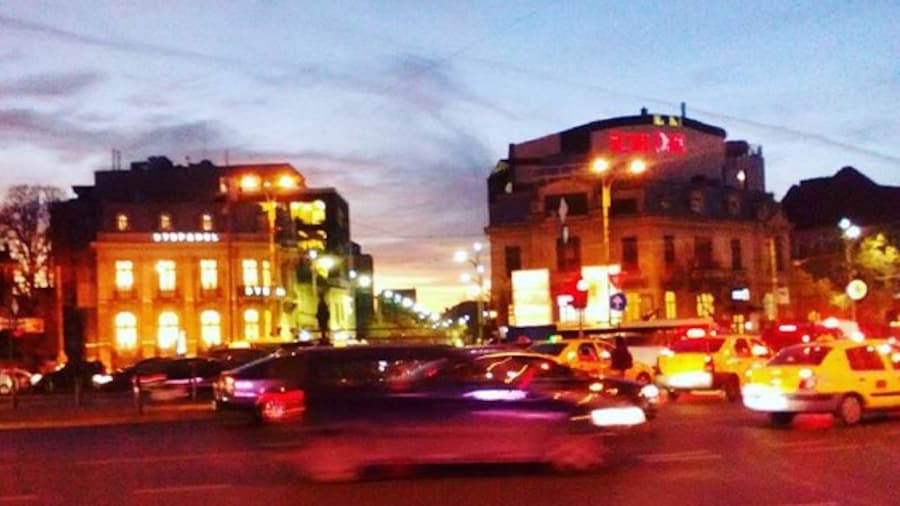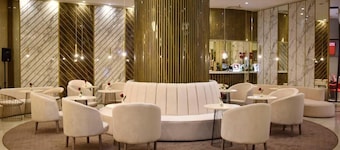From ceramics and costumes to period furniture and reconditioned houses, this museum is a tribute to the culture and lifestyles of Romania’s rural communities.
The Museum of the Romanian Peasant (Muzeul Ţăranului Român) is a celebration of the life of Romania’s countryside. Learn about the fascinating lifestyles of the nation’s rural people and villages via a collection of about 90,000 objects. The Museum of the Romanian Peasant’s exhibits are displayed throughout the rooms of an elegant neo-Romanian palace. Discover centuries-old ceramics, folk clothing, period furniture and religious icons, among other pieces.
The museum’s ground floor focuses on religious artifacts. Find a large collection of paintings, a decorated tree of life, tapestries and a wooden church. See displays of ecclesiastical clothing, church pews and antique relics such as bells and crosses. Step inside a mock classroom and into the courtyard to see another original wooden church.
On the first floor, see artifacts from peasant homes and everyday life. Admire displays of folk clothing from the early 19th century and an extensive ceramic collection, the earliest of which dates back to 1746. Walk through a typical peasant dwelling and examine exhibits of artistically designed tiles. The collection of iron and wooden tools offers an insight into the work ethic of country folk.
Be sure to visit the museum’s basement, which houses an exposition on collectivization and communism. Here, newspaper cuttings and paintings of communist leaders retrace an era that almost wiped out peasant life.
Round out your visit at the museum shop, where you can purchase replicas of the artifacts on display. There’s also a small café.
The museum is less than a 10-minute drive from Bucharest’s historic Lipscani neighborhood. Reach the museum easily via public bus, the metro and a hop-on, hop-off tourist bus. Piaţa Victoriei metro station is just a 5-minute walk away. Nearby attractions include the Kisselef Park and the National Geology Museum.
The Museum of the Romanian Peasant is open from Tuesday to Sunday and has an admission fee. Visit for the monthly handicraft fair, when vendors from Romania’s rural villages sell their wares. Ask at the museum’s entrance for more information.






